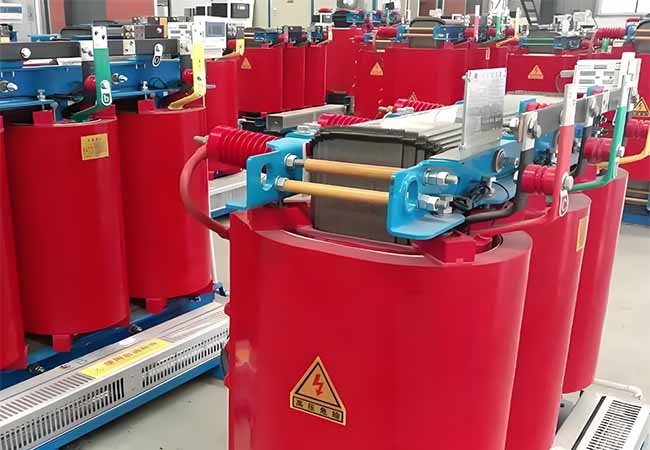The Main Requirements Of Photovoltaic Grid-Connected Transformers
04-16 2025 | By:
The main requirements of photovoltaic grid-connected transformers include capacity adaptation, voltage level matching, high efficiency and energy saving, heat dissipation protection capabilities, and intelligent monitoring functions. The following is an integration and analysis of specific requirements:
1. Core design requirements
Capacity adaptation
The appropriate transformer capacity should be selected according to the total power of the photovoltaic system. Too small capacity may lead to voltage instability, and too large capacity will cause waste. For example, a 2MW photovoltaic power station usually uses a 2500kVA step-up transformer to increase the voltage from 0.4kV to 10kV.
Voltage level matching
Choose low voltage (such as 380V) or high voltage (such as 10kV, 35kV) access according to grid-connected requirements. High voltage access needs to be achieved through a step-up transformer and must comply with the grid voltage level standards.

2500kVA step-up transformer
High efficiency and reliability
Use high-efficiency silicon steel sheets and optimized design to reduce energy loss.
Dry-type transformers are widely used in the photovoltaic field due to their oil-free and maintenance-free characteristics, especially for indoor or environmentally sensitive scenarios.
2. Environmental adaptability requirements
Heat dissipation performance
It is necessary to have natural heat dissipation, forced air cooling or water cooling and other heat dissipation methods to prevent overheating from affecting life. For example, heat dissipation design needs to be strengthened in coastal high temperature and high humidity areas.
Protection capability
Dust and moisture proof: Anti-rust coating and sealing design are required in humid environments.
Lightning and corrosion protection: Stainless steel casing or anti-corrosion materials are required in special environments (such as salt spray areas).
3. Intelligence and standard compliance
Intelligent monitoring function
Equipped with sensors and communication modules, real-time monitoring of parameters such as voltage, current, power factor, etc., supporting remote fault warning and operation and maintenance management.

Dry type isolation transformer model parameters
Standards and specifications
It must comply with national standards such as “Design Specifications for Photovoltaic Power Generation Access to Distribution Network” (GB/T 508) to ensure power quality (such as harmonic distortion less than 5%, power factor ≥ 0.95).
IV. Practical application examples
Case study of a 2MW photovoltaic power station: 2500kVA, 10kV/0.4kV Dyn11 connection group transformer is used, 70mm² aluminum core cable is used for the transmission line, and a harmonic monitoring system is configured.
Adaptation for special scenarios: For example, a small-capacity dry-type transformer can be selected for a distributed rooftop photovoltaic system, while a high-voltage intelligent transformer needs to be customized for a large ground power station.
According to the above requirements, photovoltaic grid-connected transformers need to be comprehensively balanced in terms of capacity, efficiency, environmental adaptability and intelligence to ensure stable operation of the system and maximize power generation benefits.
You may also find these interesting:


